My friend David just got a fancy new 3rd party lens (more on this after the page break), and I happen to have access to some nice lenses at work and through a coworker who is looking to convert to Nikon (trying to get me to buy his lenses), so without further ado, here’s what we came up with (click any of these thumbnails for a larger version):
(above: Canon 50mm f/1.4, Canon 50mm f/1.8, Canon 50mm f/2.5 Compact Macro)
Note, I did not test the faster lenses stopped down to match the slower ones. I suppose the DoF/fall-off is mostly as expected for the different apertures. But the main reason for the compact macro is it can do this (read on):
Notice just over 1 line of printed 10pt text is in focus, this lens can focus much, much closer to the subject.
Now, on to David’s fancy new lens, the Tamron 28-75 f/2.8 macro. We intended to compare this one to the Canon 28-70 f/2.8 I’m borrowing from Tom at work, but were a little too unscientific about the testing. However, because of the price of the Canon (and figuring they should be fairly comparable as a medium-telephoto), I was more interested to see if the Tamron could also take the place of having a dedicated macro lens. Here are a few tests (Tamron 28-75 left/first, Canon 50mm Compact Macro right/second):
(above: Admittedly, my cropping here wasn’t perfect, but it appears the DoF fall-off on the Canon is more rapid, and both are very sharp where they should be. So from a larger distance, the Tamron does it’s job. However, it simply cannot get as close to the subject as the Canon, meaning you would have to crop the digital image to produce the same result)
(above & below: The Canon is clearly more clearly focused, look at the “teeth” on the edge of the coin. I can’t be entirely sure if this is because of the lens, the setup of the shot, or because the photo from the Tamron needed to be cropped big-time to produce a comparable framing)
The fact that both of these final tests produced the same result indicates to me that having to crop the final image down and the resulting quality is substantially less, and so the Tamron is not an adequate replacement for a prime macro lens, if you intend to use it for extreme close-up macro photography. Let it be noted that the Tamron isn’t marketed as a dedicated macro lens, so these tests were merely done as research to see which lenses I want to plan on getting… eventually.
I hope to do another test soon comparing the medium telephoto lenses in a controlled environment. Stay tuned, but don’t wait up for it 🙂
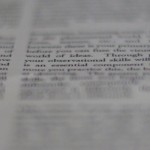
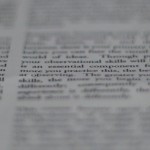

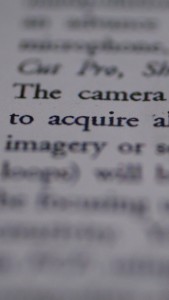
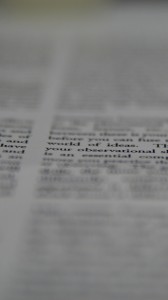
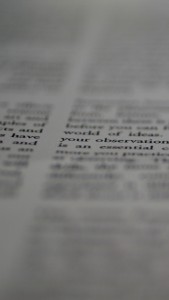
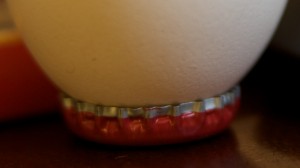
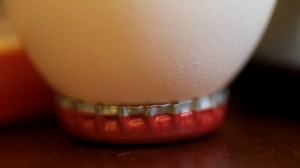
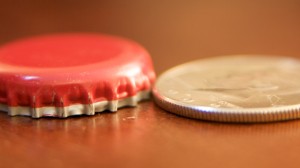
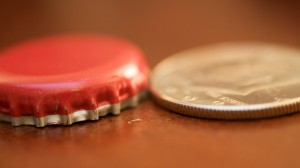
huh?
I’ve found that I personally prefer Canons over Nikons. Your macro test was a great idea to see which one works best for you. I’ll keep in mind to try something like this next time I’m in the market for a new camera. Finding the best camera for sharp focuses and clear macro shots is so important.